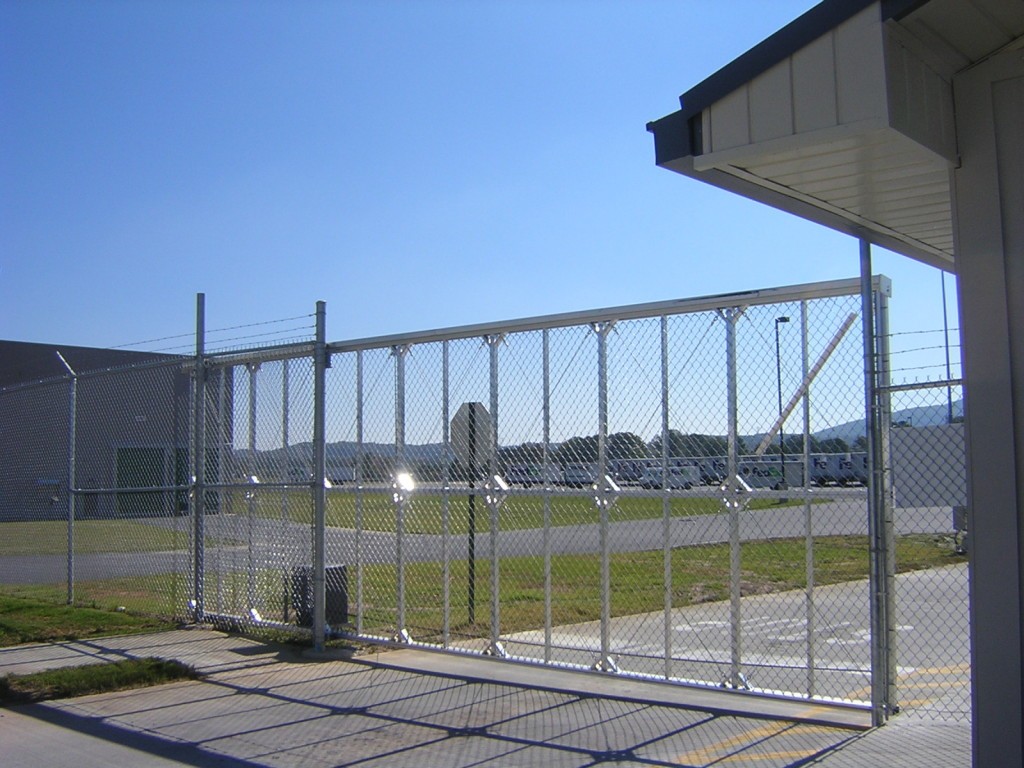An Overview of CNC Machining
What is CNC Machining?
CNC machining is a manufacturing process that involves the use of computer-controlled machines to shape and cut materials into precise designs. This technique allows for high levels of accuracy and efficiency, making it ideal for producing complex parts and components. Unlike traditional manual machining, which requires constant human supervision, CNC machines follow digital instructions from CAD (Computer-Aided Design) or CAM (Computer-Aided Manufacturing) files to perform tasks automatically.
These machines are capable of moving along multiple axes, enabling them to create intricate shapes and patterns with minimal human intervention. From simple drilling operations to advanced 3D modeling, CNC technology has revolutionized modern manufacturing by increasing productivity and reducing errors.
What Materials Are Commonly Used in CNC Machining?
CNC machines can work with a wide range of materials, including metals like aluminum, steel, and brass, as well as plastics, wood, foam, and composites. The versatility of these machines makes them suitable for various industries, from aerospace and automotive to medical and consumer goods. Choosing the right material depends on the application, durability requirements, and cost considerations.
Advantages of CNC Machining Over Traditional Methods
CNC machining offers several benefits over traditional manual techniques. One of the most significant advantages is precision—machines can produce parts with extremely tight tolerances that would be nearly impossible to achieve manually. Additionally, CNC machines are highly repeatable, ensuring consistent quality across large production runs. They also operate continuously, reducing downtime and increasing overall productivity.
- Precision – CNC machines can maintain exact measurements and specifications throughout the entire production process.
- Repeatability – Once programmed, the same part can be produced multiple times with identical results.
- Efficiency – These machines can work around the clock, significantly speeding up the manufacturing cycle.
- Versatility – Many CNC machines can perform multiple operations, such as milling, drilling, and turning, all in one setup.
- Cost-Effectiveness – By reducing waste and improving productivity, CNC machining can lead to better return on investment.
Common Types of CNC Machines
There are several types of CNC machines, each designed for specific applications. Here are five of the most commonly used:
- CNC Drilling Machines – Ideal for creating precise holes in various materials, these machines are often used in mass production.
- CNC Lathes – Designed for rotating the workpiece while cutting tools shape it, lathes are perfect for creating cylindrical or symmetrical parts.
- CNC Milling Machines – These machines use rotating cutters to remove material from a stationary workpiece, allowing for complex shapes and designs.
- CNC Grinders – Used for finishing surfaces to a high level of precision, grinders are essential in achieving smooth and accurate finishes.
- CNC Plasma Cutters – These machines use a plasma torch to cut through conductive materials quickly and efficiently, often used in metal fabrication.
CNC Milling Machines vs. CNC Lathe Machines
Both CNC milling and lathe machines are essential in modern manufacturing, but they serve different purposes. While both are subtractive processes, their methods and applications differ significantly.
Operational Differences
The main difference between a CNC mill and a lathe lies in how the workpiece and tool interact. In a lathe, the workpiece rotates, and the cutting tool remains stationary. In contrast, a milling machine keeps the workpiece fixed while the cutting tool rotates.
Application Differences
CNC mills are more versatile and are used for creating complex, asymmetrical parts. They can handle a wide range of cutting tools, making them ideal for detailed and intricate designs. On the other hand, CNC lathes excel at producing cylindrical and symmetrical parts, offering high precision and consistency in those forms.
CNC Machining Techniques
Turning
Turning is one of the oldest and most common machining processes. It involves rotating the workpiece while a cutting tool removes material. This technique is widely used for creating cylindrical parts such as shafts, rods, and bushings.
Milling
Milling is the opposite of turning. Instead of rotating the workpiece, the cutting tool rotates while the workpiece remains stationary. This method allows for more flexibility in shaping complex parts and is often used in aerospace, automotive, and mold-making industries.
Grinding
Grinding is a finishing operation used to achieve a very fine surface finish. It involves using an abrasive wheel to remove small amounts of material from the workpiece. This technique is commonly used to improve the surface quality of machined parts.
Solid Sink EDM
EDM (Electrical Discharge Machining) is a process that uses electrical sparks to erode material from the workpiece. Solid sink EDM is particularly useful for creating deep cavities and intricate shapes that are difficult to achieve with traditional cutting tools.
Wire EDM
Wire EDM is a specialized form of EDM that uses a thin wire to cut through electrically conductive materials. It’s ideal for making precise cuts in hard materials like carbide or diamond, and is often used in mold and die making.
Cylindrical Grinding
Cylindrical grinding combines elements of surface grinding and turning. It's used to achieve high precision on cylindrical surfaces, ensuring smooth and accurate finishes on parts such as bearings and shafts.
Need Help with CNC Machining?
If you're looking for custom CNC machining services, we’re here to help. Whether you need precision parts, prototyping, or full-scale production, our team has the expertise and equipment to meet your needs. Contact us today for a consultation and see how we can support your next project.
Countersunk Neodymium Magnets,Neodymium Countersunk Ring Magnets,Neodymium Countersunk Magnets,Neodymium Countersunk Pot Magnet
Dongguan Zhenglong Magnet Co., Ltd , https://www.zlmagent.com


